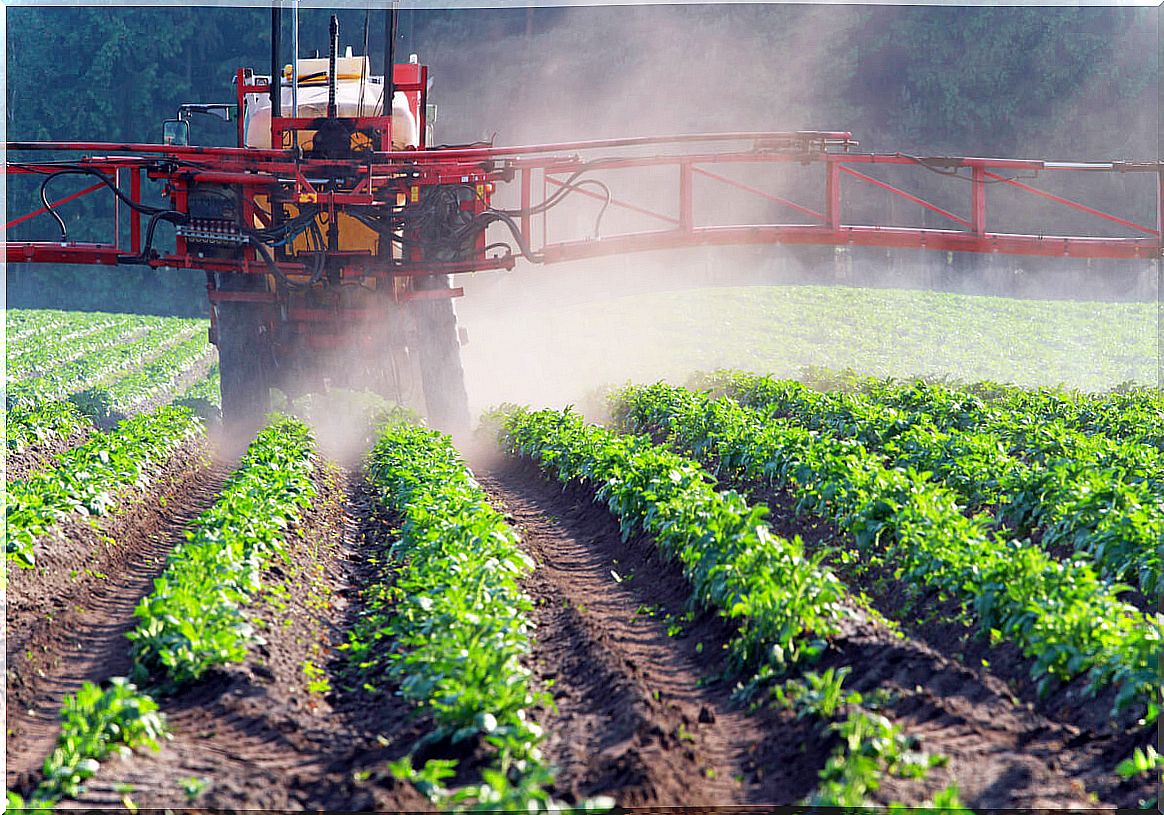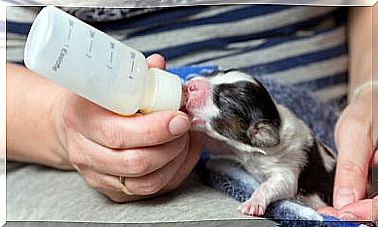Are Insects Resistant To Insecticides?

If the animal kingdom teaches us something every day, it is the impressive adaptive potential of various species. Many living beings get used to the most adverse circumstances that try to destroy their populations, such as the application of poisons and toxic compounds in an agricultural environment. It may be surprising, but some species of insects have become resistant to certain insecticides after many years of exposure.
How does this immunity develop? What effects does this adaptive potential have on the agricultural environment? Then we solve those questions and many more.
The ideal insecticide
Before entering fully into the world of insecticide resistance, it is essential to have a brief understanding of how they work. In general, these are chemical compounds that act on different systems of the invertebrate. They are divided into these four main categories:
- Those that have action on the muscular or nervous system of the larvae, for example pyrethroids.
- Others act by inhibiting the growth and development of larvae, for example, by making the synthesis of chitin, an essential compound for the exoskeleton of insects, impossible.
- Those that act on the muscular or nervous system of adults, for example carbamates.
- Some base their mechanism of action on breaking down the digestive membranes of adult insects. This is achieved with bacteria such as Bacillus thuringiensis , which generate protein crystals that kill the animal.
In addition to its mechanisms of action, an insecticide has to meet various requirements to be considered an ideal solution to a pest. These include the following:
- Great specificity, that is, it affects only the problem species and does not cause damage to the rest of the fauna.
- Which has low toxicity to human and non-human animals.
- Low lethal dose, make it effective with a small amount.
- Low cost of production.
- Of latent characteristic but not cumulative. That is, that it remains viable long enough to kill the pest but that it does not accumulate in the trophic chains after having acted.
As we can see, making an effective insecticide is not an easy task. Despite human efforts to maximize lethality to target species without causing damage to the environment, there are invertebrate species that have managed to circumvent this death sentence. Here’s how they have done it.

Are there insecticide resistant insects?
According to the Insecticide Resistance Action Committee (IRAC), this resistance is defined as a heritable change in the pest insect population that is reflected in repeated failures in the efficacy of the chemical. Although it may not seem like it, we are facing a very obvious natural selection mechanism. Let’s take an example:
Insect populations, like other animals and plants, undergo mutations over time. From a theoretical point of view, one of these genetic variations could confer resistance to a given insecticide, converting these individuals into R +. This is not an animal’s own voluntary mechanism, since the mutations are random.
These R + insects would survive the spraying of the chemical compound, therefore they would be the only ones to reproduce. Thus, little by little, all individuals in the population that are not R + would end up being replaced by their resistant companions. The speed at which resistance develops depends on several factors:
- How fast insects reproduce.
- The migratory range of the pest species.
- The persistence and specificity of the insecticide.
- The time and number of spraying of the insecticide on the population to be eradicated.
Possible solutions
It is because of this acquired resistance that the IRAC updates informative documents about the use of insecticides and the management of agricultural crops. It is recommended, for example, to rotate the chemicals used on a regular basis. By having different methods of action, it is avoided that a series of individuals of the pest stand out above the rest for a long time.
These documents also underline the importance of always administering the recommended doses on the containers, since the application of a sub-lethal amount very quickly selects insects that are moderately resistant to the insecticide.

As we have seen, nature presents adaptive responses to any situation. Animal species are dynamic, changing and natural selection acts on them, always choosing the fittest individuals. Insecticide resistant insects are a clear example of this.
Thus, the struggle between the agricultural sector and evolution itself continues (and will continue) over time. While humans devise more effective ways to control pests, members of them fight for their survival.








